Injection Mold Components
-
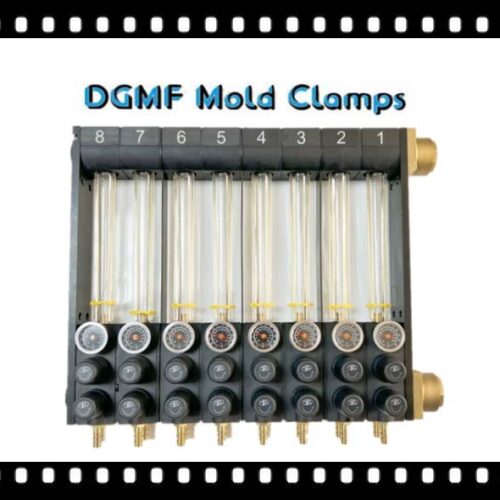
DGMF Water Flow Regulators for Plastic Injection Molding
Read more -
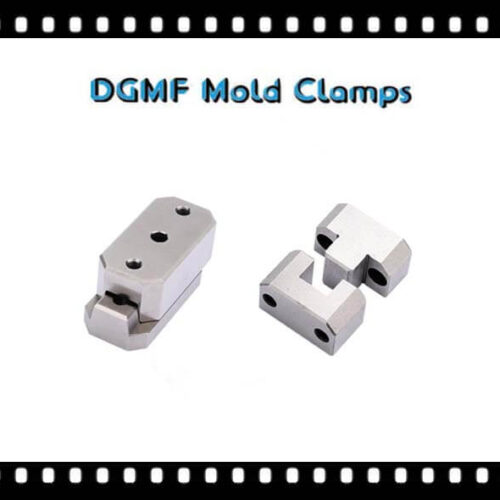
DGMF Top Locks for Molding Machines
Read more -
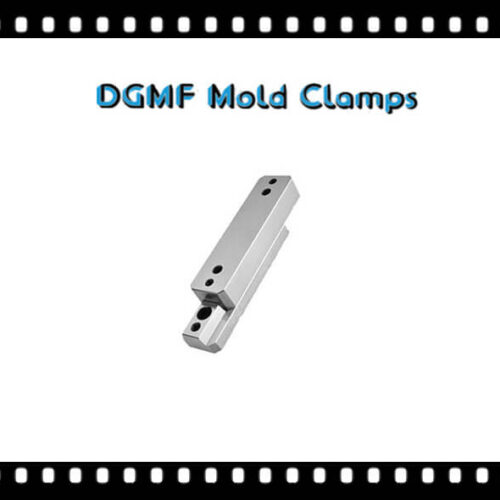
DGMF Taper Block Set Mould Alignment
Read more -
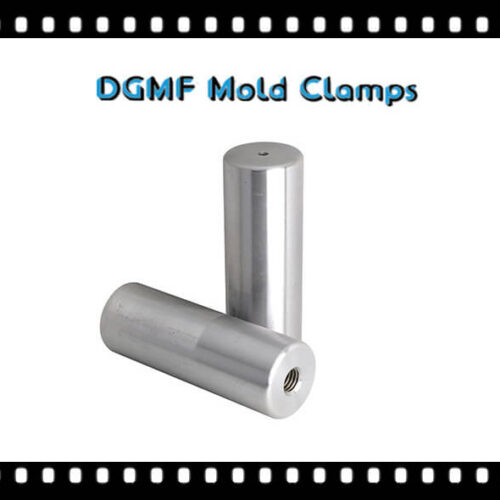
DGMF Support Pillars Injection Mold Components
Read more -
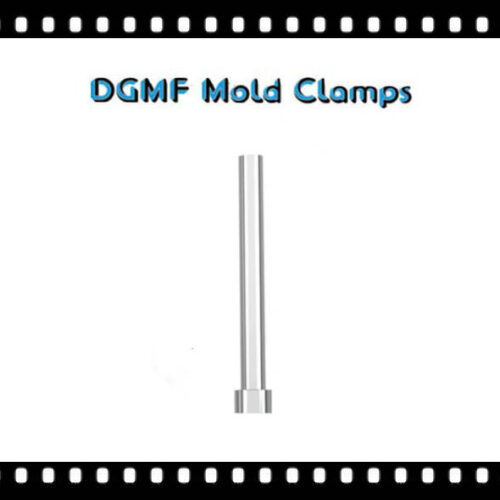
DGMF Straight Ejector Pins
Read more -
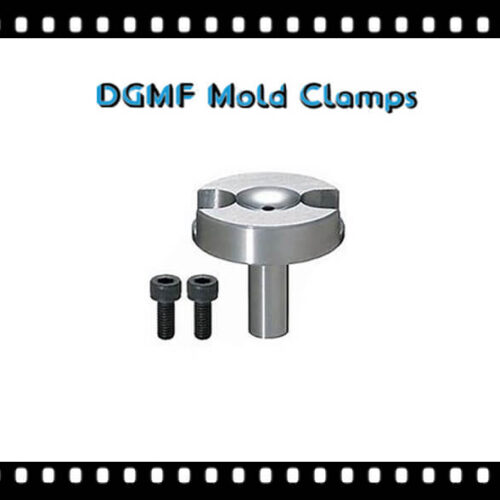
DGMF Sprue Bushing Type C
Read more -
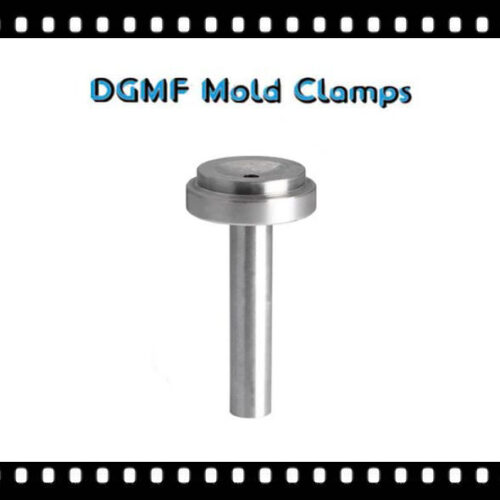
DGMF Sprue Bushing Type B
Read more -
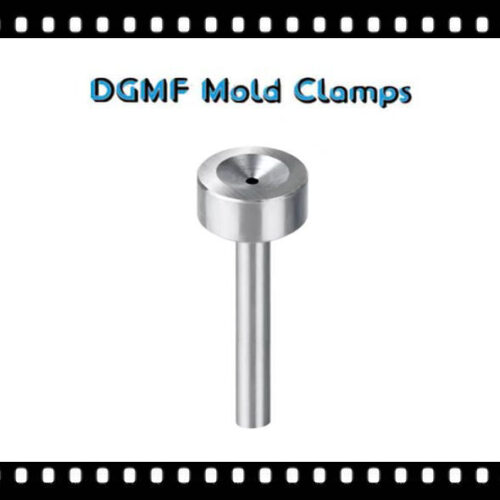
DGMF Sprue Bushing Type A
Read more -
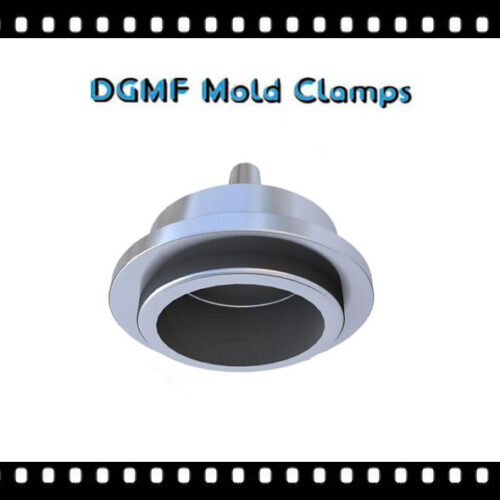
DGMF Small Gate Sprue Bushings
Read more -
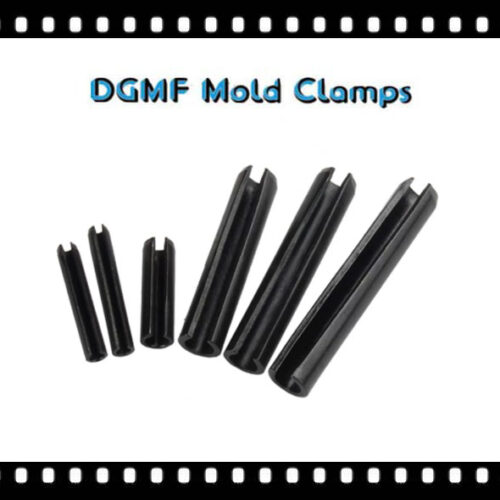
DGMF Slotted Spring Pins GB879
Read more -

DGMF Slide Core Guide Parts
Read more -
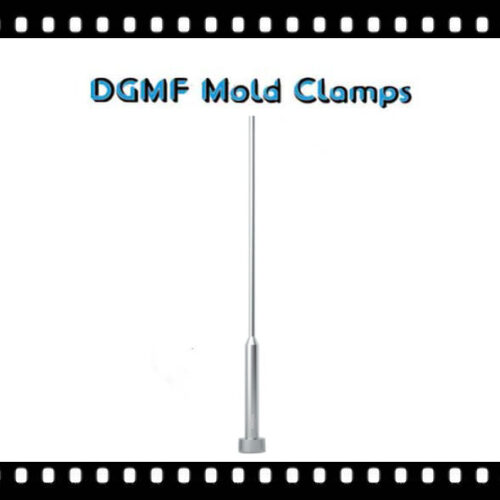
DGMF Shoulder Ejector Pins
Read more -
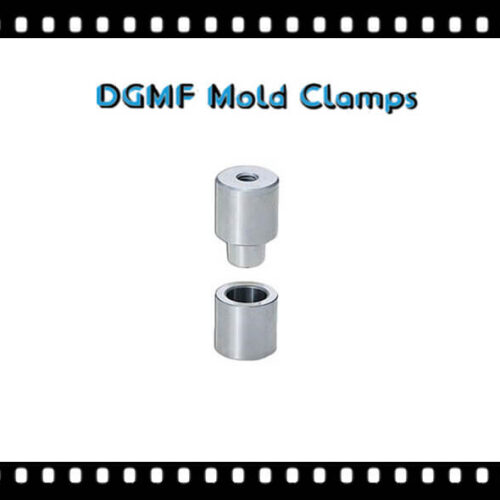
DGMF Round Tapered Interlocks
Read more -
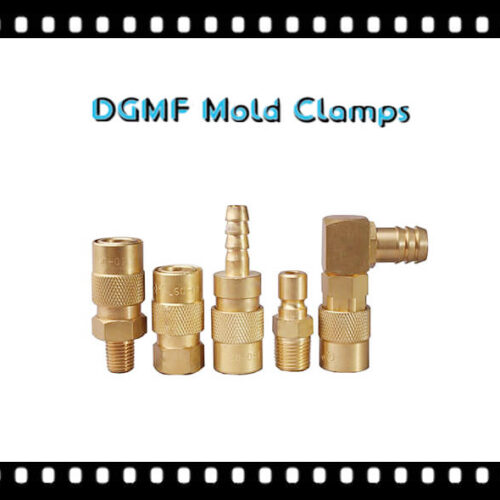
DGMF Quick-release Hose Connectors
Read more -
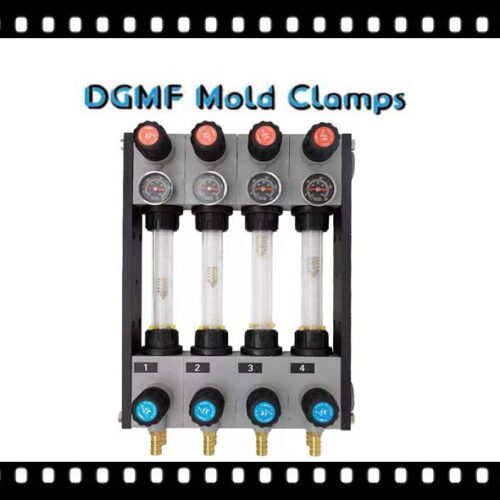
DGMF Precision Water Flow Regulator Injection Moulding
Read more -
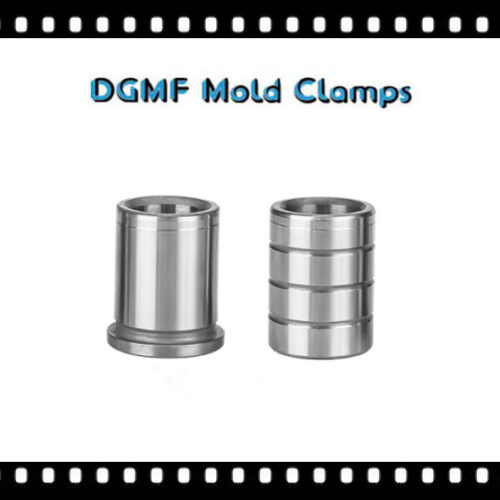
DGMF Precision Guide Bushings for Mold
Read more -
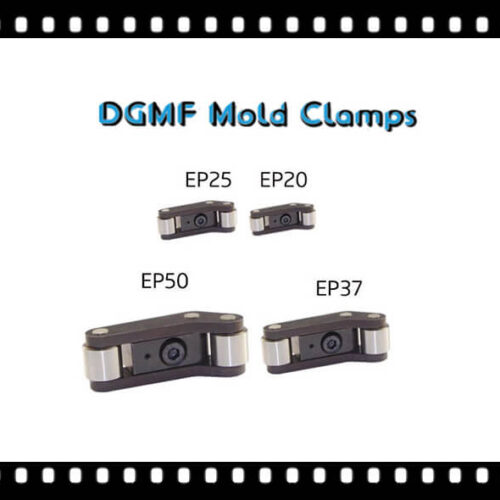
DGMF Plate Accelerators EP20 25 37 50
Read more -
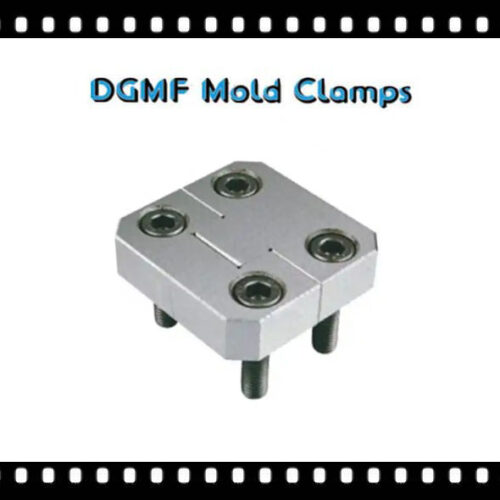
DGMF PL Series Parting Line Component Side Locks
Read more -
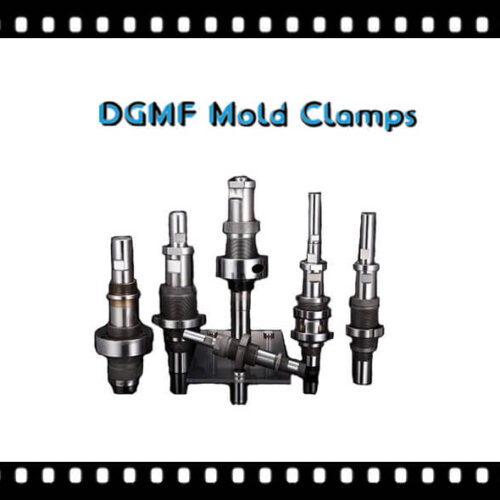
DGMF Parting Line Sequence Control Two-stage Ejectors
Read more -

DGMF Oilless Slide Core Guide Units
Read more -

DGMF Mold Parting Locks
Read more -
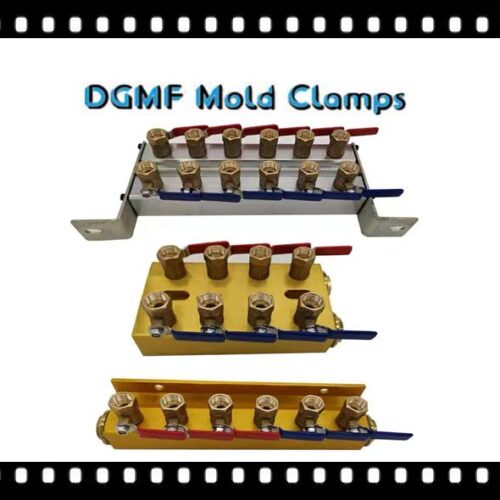
DGMF Mold Cooling Water Manifold With Valves
Read more -
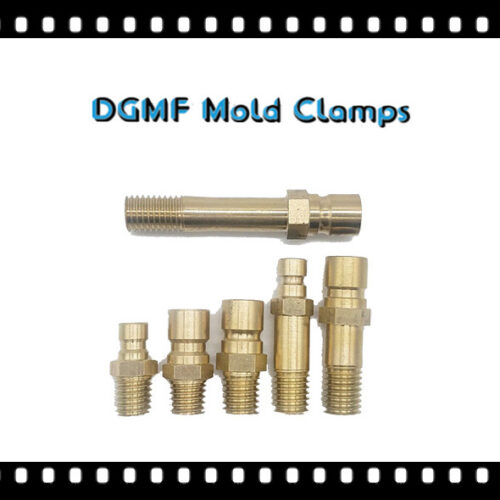
DGMF Mold Cooling Hose Nipple Pipe Fittings
Read more -
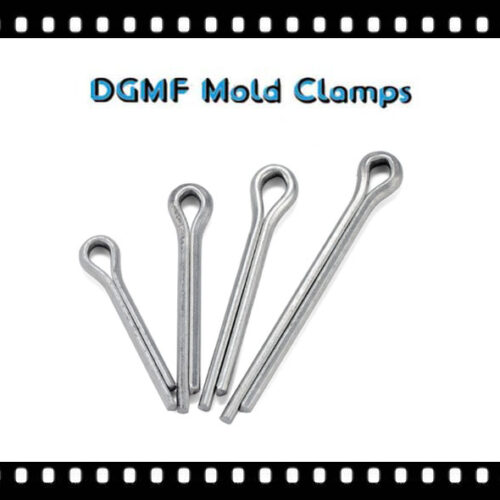
DGMF Lock Cotter Pins GB891
Read more -
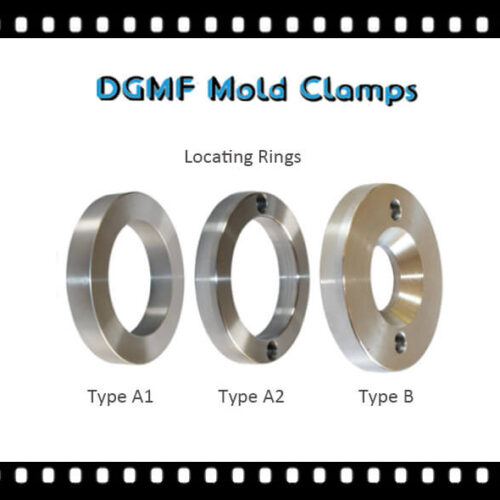
DGMF Locating Ring For Molds
Read more -
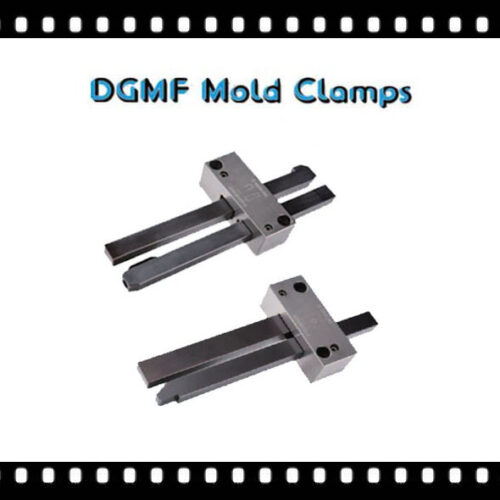
DGMF Latch Locking Units Z170/Z171
Read more -
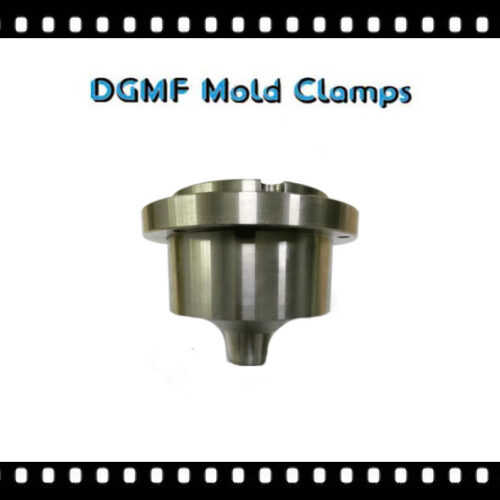
DGMF Large Gate Sprue Bushings
Read more -
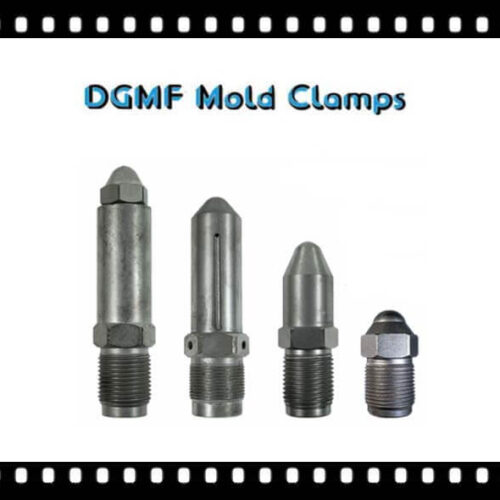
DGMF Injection Molding Machine Nozzle Tips
Read more -

DGMF Injection Mold Inserts Date Stamps
Read more -

DGMF High-precision Angle Pins
Read more -
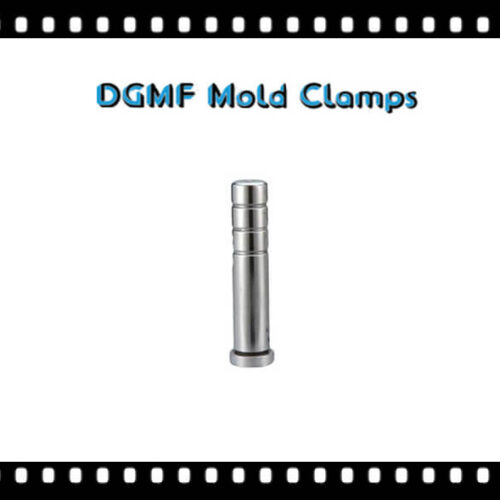
DGMF Guide Pins For Injection Molding
Read more -
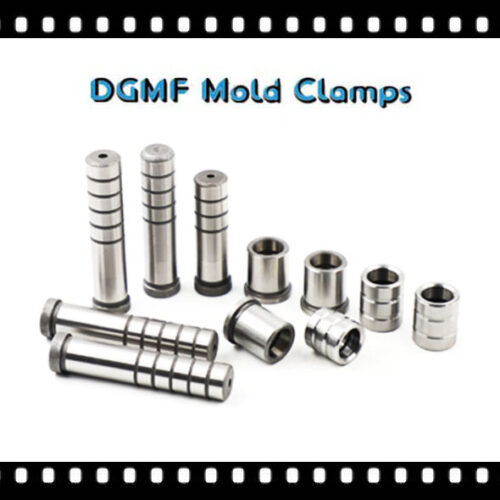
DGMF Guide Pins And Bushings
Read more -

DGMF Ejector Sleeve Pins
Read more -
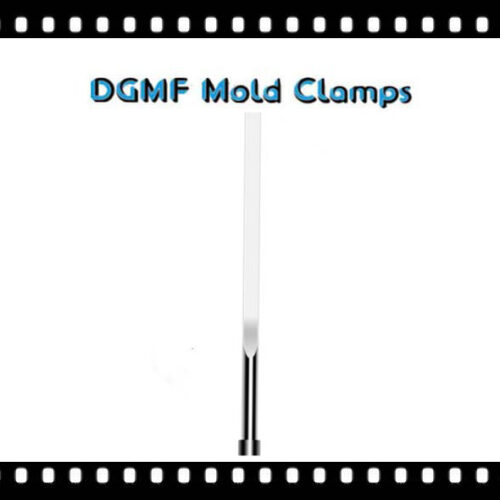
DGMF Ejector Blades
Read more -
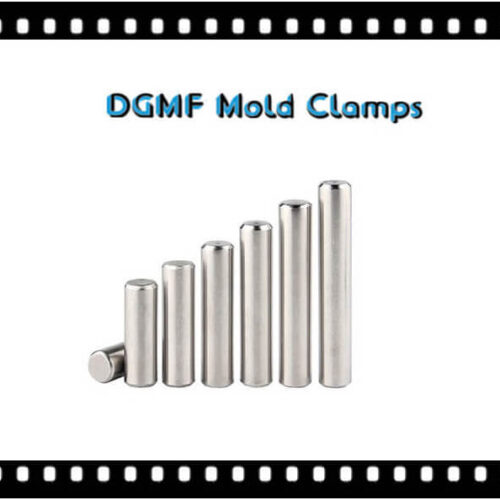
DGMF Dowel Pins Tubular Dowels GB119
Read more -
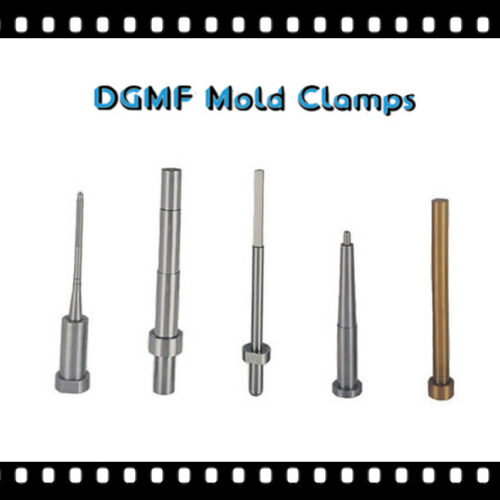
DGMF Core Pins for Molding
Read more -
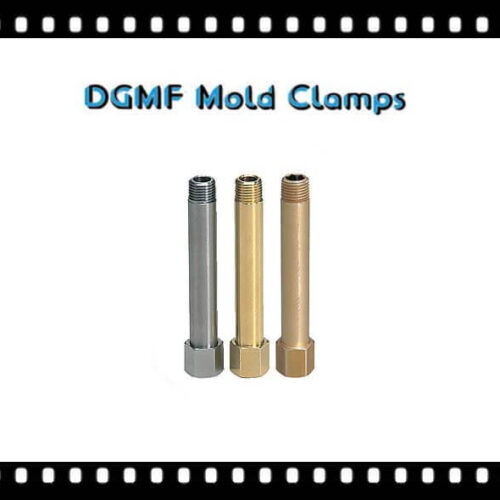
DGMF Cooling Joint Plugs JTWS HX JTW1/2/3-50/75/100/125/150/175/200/250/300
Read more -
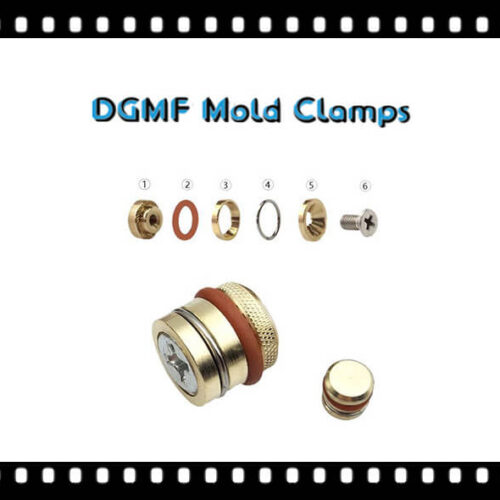
DGMF Cooling Circuit Plugs For Injection Mold Cooling
Read more -
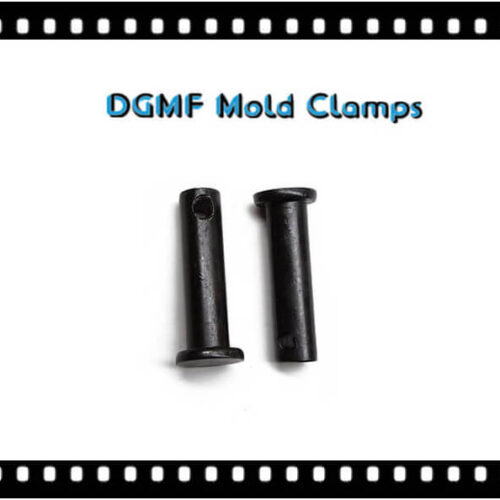
DGMF Clevis Pins GB882
Read more -

DGMF Centring E 1304 Top Lock For Die Castings
Read more -
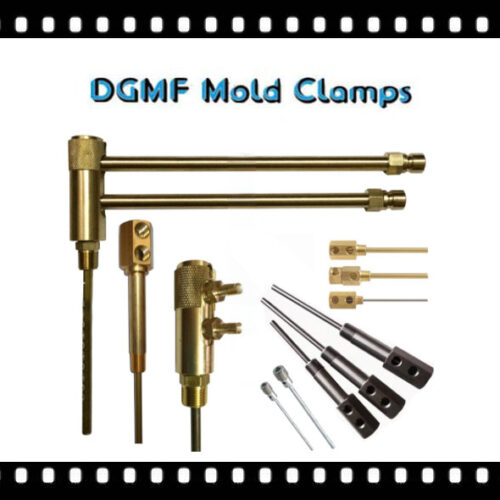
DGMF Cascade Water Junctions Mold Cooling Pipes
Read more -
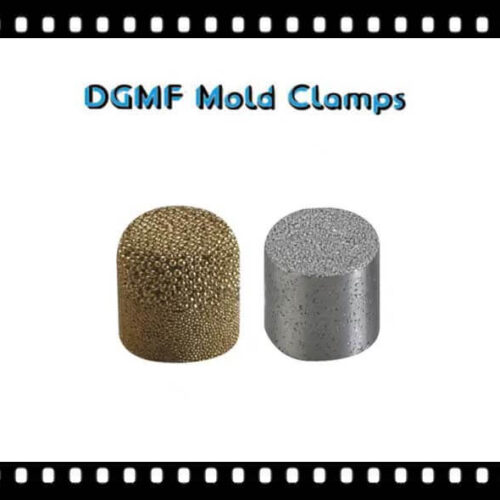
DGMF Brass and Stainless Steel Porous Metals
Read more -
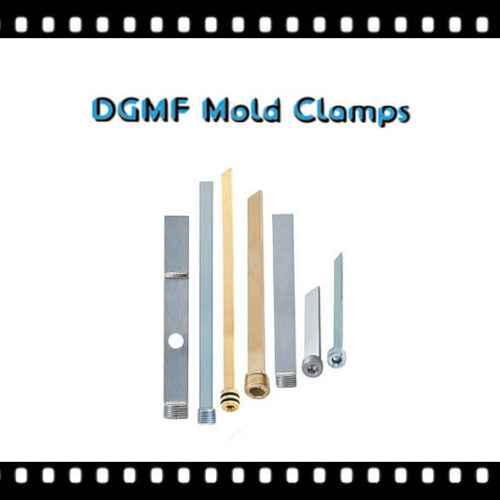
DGMF Baffle Boards Mold Cooling Components
Read more -

DGMF Aluminum Water Manifolds For Plastic Injection Molds
Read more -
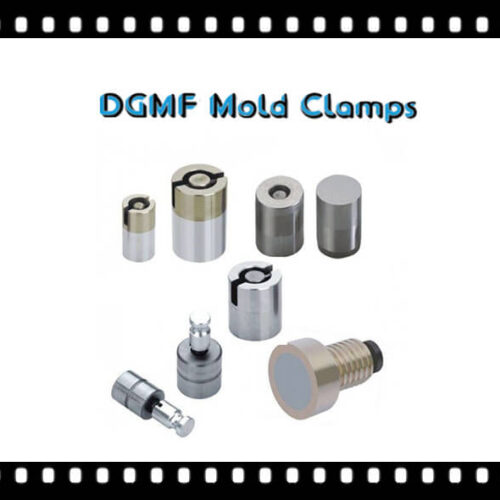
DGMF Air Poppet Valves Air Poppets
Read more
Injection Mold Components Supplier
DGMF Mold Clamps Co., Ltd is the injection mold components supplier and mould clamps manufacturer in China.
What are the injection mold components?
Injection Mold components refer to the mold industry’s proprietary metal parts for stamping dies, plastic molds, or FA automation equipment.
The injection mold components include punching needle, punch, guide bushing, guide pin, ejector pin, ejector sleeve pin, steel bead sleeve, no oil supply guide sleeve pin, no oil supply slide, guide bushing assembly, and so on.
1. Three major categories of injection mold components
1.1 Plastic injection mold components
Single shot, double shot, double shot, flat tip, flat tip, positioning post, plastic mold guide pin, straight ejector sleeve, middle ejector sleeve pin, plastic mold guide pin, straight ejector pin, middle bracket, positioning retainer, square auxiliary device, mold clamp;
And A, B, C type sprue bushing, locating ring A, B type, a standard mechanical switch, square aid, small and large sprue bushing, mold date indicating device, resin switch, cooling circuit plug, pen core, pen tube, spindle drawer, diagonal support tip, pull material tip, tie rod, return needle, mold spring, garbage nail, etc.
1.2 Metal stamping die accessories
Punch, die, bushing, pin, sleeve, spindle drawer, floating pin, stop ring, stop pin, locating pin, contour pin, guide pin, guide bushing, self-lubricating guide component, mold base, ball bearing guide post sets, ball cage, hex bolt, contour screw, mold spring, etc.
1.3 Automation Machinery Parts
Guide components, retaining rings, bushings, single-axis robots, drives, linear guides, cable protection chains, ball screws, bearing assemblies, bearings, pins, couplings, motors, timing pulleys, idlers, belts, pulleys, idlers, rollers, conveyor parts, gears, sprockets, chains, conveyors, clamps, positioning components, slides, lenses, led illuminators, inspection stands, sensors, switches, probes, support pillars;
Round bars, pipes, resin rods, transparent resins, glass, engineering plastic sheets, sheet metal processing products, sheet metal processing products, collars, washers, screws, nuts, bolts, small parts, magnets, springs, bumpers, polyurethane, rubber, sponge, felt, shockproof, soundproof, static, safety, manifold block, tube pipe joints, hoses, valves, joints, suction parts, nozzles, connecting parts;
Heaters, temperature control related, heat insulation boards, aluminum alloy profiles, brackets, accessories for aluminum alloy profiles, high-efficiency pellets filters, panels, slabs, casters, adjustment blocks, handles, handwheels, knobs, handles, hinges, door parts, angles, sections, angles, ribs, safety fences, various door assemblies, aluminum alloy standard components and so on.
Mold components stand at the top of hardware accessories with high precision requirements and high-quality requirements. It is a hot emerging industry.
2. The main application of injection mold components
Mold components are widely used in various types of manufacturing, such as plastic molds, stamping dies, automotive, electrical, and aerospace.
3. Essential features of mold components
3.1 Wear resistance
When the blank is plastically denatured in the mold cavity, it flows and slides along the surface of the cavity, causing severe friction between the surface of the cavity and the blank, which causes the mold to fail due to wear. Therefore, the wear resistance of the material is one of the most
basic and important properties of the mold.
Hardness is a major factor affecting wear resistance. In general, the higher the hardness of the mold part, the smaller the wear amount, and the better the wear resistance. In addition, the wear resistance is also related to the type, quantity, shape, size, and distribution of carbides in
the material.
3.2 Strong toughness
Most of the working conditions of the mold are very bad, and some often suffer from a large impact load, resulting in brittle fracture. In order to prevent the mold parts from suddenly breaking during work, the mold must have high strength and toughness. The toughness of the
mold depends mainly on the carbon content, grain size, and microstructure of the material.
3.3 Fatigue fracture properties
During the working process of the mold, under the long-term effect of the cyclic stress, fatigue fracture is often caused. The form has small energy multiple impact fatigue fracture, tensile fatigue fracture contact fatigue fracture, and bending fatigue fracture. The fatigue fracture
properties of a mold depend mainly on its strength, toughness, hardness, and the number of inclusions in the material.
3.4 High-temperature performance
When the working temperature of the mold is high, the hardness and strength are lowered, resulting in early wear of the mold or plastic deformation and failure. Therefore, the mold material should have high anti-tempering stability to ensure that the mold has high hardness and
strength at the working temperature.
3.5 Resistance to cold and heat fatigue
Some molds are in a state of repeated heating and cooling during the working process, causing the surface of the cavity to be subjected to tensile and pressure-induced stresses, causing surface cracking and spalling, increasing friction, impeding plastic deformation, and reducing dimensional accuracy, thereby resulting in The mold failed. Hot and cold fatigue is one of the main forms of hot work die failure. It should have high resistance to cold and heat fatigue.
3.6 Corrosion resistance
Some molds, such as plastic molds, when working, due to the presence of chlorine, fluorine, and other elements in the plastic, after the heat, the HCI, HF, and other strong aggressive gases are resolved, eroding the surface of the mold cavity, increasing its surface roughness and aggravating wear and tear.
4. Manufacturing materials for mold components
The material of the mold parts is usually tungsten steel, high-speed steel, bearing steel, stainless steel, brass, metal alloy, spring steel, carbon steel, and the like.
5. Design and manufacture of injection mold components
Mold manufacturing technology has developed rapidly and has become an important part of modern manufacturing technology.
Such as the CAD/CAM technology of the mold, the laser rapid prototyping technology of the mold, the precision forming technology of the mold, the ultra-precision machining technology of the mold, and the dynamics of the flow, cooling, and heat transfer processes using the finite element method and the boundary element method in the design of the mold.
Simulation technology, mold CIMS technology, mold DNM technology, and CNC technology have been developed, covering almost all modern manufacturing technologies.
Modern mold manufacturing technology is developing in the direction of accelerating information drive, improving manufacturing flexibility, agile manufacturing, and system integration.
5.1 Third generation injection molding technology
High-speed milling not only has high processing speed, good processing precision, and surface quality, but also has a low-temperature rise (the workpiece is only increased by 3 °C) compared with the traditional cutting process, and the thermal deformation is small, so it is suitable for temperature and thermal deformation.
Processing of sensitive materials (such as magnesium alloys); also due to the small cutting force, can be applied to the processing of parts with thin walls and poor rigidity; reasonable selection of tools and the cutting amount can achieve a series of advantages such as processing of hard materials (HRC60).
Therefore, high-speed milling technology is still a hot topic at present, and it has developed into higher agility, intelligence, and
integration, becoming the third-generation molding technology.
5.2 Electric spark milling technology
From the perspective of foreign electric machining machines, the performance, process index, intelligence, and automation have reached a very high level. The new trend in foreign countries is to perform EDM milling technology (EDG machining technology).
Research and development, this is a new technology to replace the traditional cavity machining with shaped electrodes. It is a simple tubular electrode rotating at high speed for 3D or 2D contour machining (like CNC milling), so no complicated manufacturing is required. The shaped electrode, which is clearly a major development in the field of EDM.
5.3 At the same time as the progress of EDM technology, the safety, and protection technology of EDM has received more and more attention.
Many electric machine tools have considered safety protection technology. The European Community has stipulated that machine tools without the CE mark cannot enter the European Community market, and the international market is paying more and more attention to the requirements of safety protection technology.
The main problem of EDM machine tools is radiation harassment because it has a great impact on safety and environmental protection. In the case of more and more attention to green products in the international market, the green of EDM machines, the leading equipment for mold processing, Product technology will be a problem that must be solved in the future.
6. Injection molding software
The mold software developed by Britain, the United States, Germany, and other countries and some universities and research institutes in China have the characteristics of intelligent, integrated and mold manufacturability evaluation of the new generation of mold CAD/CAM
software.
The new generation of mold software should be based on a large amount of knowledge summarized from the mold design practice. This knowledge has been systematically and scientifically organized and stored in a specific form in the engineering knowledge base and can
be easily called by the mold.
With the support of intelligent software, mold CAD is no longer an imitation of traditional design and calculation methods, but under the guidance of advanced design theory, the full use of the rich knowledge and successful experience of experts in this field, the design results must be reasonable Sex and advanced.
The new generation of mold software designs the mold structure with three-dimensional thought and intuitive feeling. The generated three-dimensional structure information can be conveniently used for mold manufacturability evaluation and numerical control processing, which requires the mold software to shape and shape the parameters in three dimensions.
Process simulation, CNC machining process simulation, and information exchange and organization and management have achieved a fairly complete level and a high level of integration.
Measuring the level of software integration depends not only on whether the functional modules are complete but also whether these functional modules share the same data model, whether a global dynamic database is formed in a unified manner, and comprehensive management and sharing of information are realized to support mold design. The entire process of manufacturing, assembly, inspection, testing, and commissioning.
The function of mold manufacturability evaluation is very important in the new generation of mold software. It is necessary to screen multiple plans, evaluate the rationality and economy of the mold design process, and provide a modification basis for mold designers.
In the new generation of mold software, the manufacturability evaluation mainly includes the estimation of mold design and manufacturing cost, mold assembly evaluation, mold part manufacturing process evaluation, mold structure, and forming performance evaluation.
The new generation of software should also have an assembly-oriented function because the function of the mold can only be realized through its assembly structure. After adopting the assembly-oriented design method, the mold assembly is no longer a simple assembly of parts by
piece.
The data structure can describe the function of the mold and can define the assembly features of the relationship between the mold parts and realize the association of the parts. It can effectively guarantee the quality of the mold.
7. Mold manufacturing technology
7.1 Laser rapid prototyping technology (RPM) develops speed, and China has reached the international level and gradually realized commercialization.
The rapid prototyping processes that have been commercialized in the world mainly include SLA (stereolithography), LOM (layered separation manufacturing), SLS (selective laser sintering), and 3D-P (three-dimensional printing).
Tsinghua University first introduced the SLA250 (stereolithography or laser-cured laser curing) equipment and technology of 3D Company of the United States and carried out research and development. After several years of efforts, it has improved and improved M-RPMS-type.
Functional rapid prototyping system (with layered entity manufacturing – SSM, melt extrusion molding – MEM), this is the only system in China with two rapid prototyping processes (national
patent) with good intellectual property rights, with good performance, and price ratio.
7.2 Dieless multi-point forming technology is another advanced manufacturing technology for replacing the traditional mold with the height-adjustable punch group.
The moldless multi-point forming system uses CAD/CAM/CAT technology as the main means, which is fast and economical.
Realize the automatic shaping of 3D surfaces.
The Jilin University of Technology has undertaken the national key scientific and technological research project on moldless forming and has independently designed and manufactured the moldless multi-point forming equipment at an international leading level.
Compared with the Massachusetts Institute of Technology in the United States, the University of Tokyo in Japan, and the Tokyo Institute of Technology in Japan, this technology is in a leading position in theoretical research and practical application and is developing towards application.
7.3 Resin stamping dies have been successfully applied in the trial production of domestic cars for the first time.
8. Mold inspection technology
The development of precision molds is an increasingly demanding measurement. Precision CMMs have long been limited by the environment and are rarely used in production sites.
The new generation of three-coordinate measuring machine basically has temperature compensation and anti-vibration materials to improve dustproof measures, improve environmental adaptability and reliability, so that it can be easily installed in the workshop to achieve on-site measurement.
9. Mold surface engineering
Mold polishing technology is an important part of mold surface engineering and an important process for post-processing in mold manufacturing.
Polishing equipment, abrasive, and processes of domestic mold polishing to Ra0.05μm can basically meet the needs, but it is necessary to throw the mirror polishing equipment, abrasive abrasives, and technology of Ra0.025μm to explore the stage.
With the large-scale application of mirror injection molds in production, mold polishing technology has become a key issue in mold production.
Due to certain problems in domestic polishing technology and materials, injection molds such as point-and-shoot lenses, CDs, VCDs, and tools require a large portion of injection molds.
It is worth noting that the surface polishing of the mold is not only affected by the polishing equipment and process technology but also affected by the mirror surface of the mold material.
This has not caused enough attention, that is, the polishing itself is restricted by the mold material.
For example, when 45# carbon steel is used as injection mold, when polishing to Ra0.2μm, obvious defects are visible to the naked eye. Continued throwing can only increase the brightness and the roughness is not expected to improve.
Therefore, it is currently in the production of mirror molds in China. Imported mold materials are often used, such as Sweden’s Yishengbai 136, Japan’s Datong PD555, etc. can get a satisfactory mirror.
The mirror mold material is not only a chemical component problem, but also requires a series of advanced processes such as vacuum degassing, argon gas protection ingot casting, vertical continuous casting and rolling, and soft forging during smelting, so that the mirror mold steel has fewer internal defects.
A series of advantages, such as fine particle size, a high degree of dispersion, fine metal grain size, and good uniformity, to meet the requirements of polished to mirror mold steel.
10. Maintenance method
Regular inspection of mold components plays a vital role in the life of the mold. The annual maintenance program required for each injection molding location depends on the different mold cycle times.
The following are some mold parts maintenance techniques that allow each mold user to ensure the effective operation of mold components such as hot runners, heaters, guideposts, and thimbles, and molded inserts to prevent accidents.
10.1 Check for signs of rust or moisture at the diffuser.
If you find rust or moisture near the hot runner vent, it means internal condensation or the water pipe may rupture. Moisture can cause a fatal short circuit to the heater. If the machine is not running all year round and needs to be turned off at night or on weekends, the chances of this condensation will increase.
10.2 Remember to remind the operator not to clean up the hot mouth at the gate.
If the operator happens to see a small piece of stainless steel at the nozzle, it could be a spout assembly. Clean up this seemingly obstructive thing often ruins the hot mouth.
In order not to damage the hot mouth, please confirm the type of mouth of the hot runner system before taking action and ensure that all operators are well trained to identify the different types of mouths they are exposed to.
10.3 Sliding stop.
For machines that run endlessly throughout the year, this work should be done once a week. At the end of the year, it was a good time to routinely lubricate these parts.
10.4 Interactively verify the resistance of the heater.
You should have measured the resistance value when you first started using the heater, and the end of the year is the time to measure and
compare it again.
If the resistance value is ±10% floating, it is important to consider replacing the heater to ensure that it does not fail at critical times in the production process.
If the initial resistance value has never been measured, it is measured once and the obtained value is used as
reference data for future inspection of the heater.
10.5 Look for signs of wear between the guidepost and the guide sleeve.
Look for scratches or scratches, such mold parts are worn due to lack of lubrication. If the traces are just emerging, you can extend their life by adding lubricant to the guide post and guide sleeve. If the wear is already serious, you should replace the new one. Otherwise, the cavity and the core part may not fit well, resulting in a thin wall of the parts.
10.6 Check the flow of water.
Connect a hose at the water outlet to allow water to pass through
the water pipe to the bucket. If the water that flows out is not clear or has a color, there may be rusting, and if the water is not smooth, it means that it is blocked somewhere.
If you find these problems, drill all the water pipes again (or use any method you use most often to clean them) to ensure smooth flow. Improving the plant’s water treatment system will prevent future problems caused by rust and blockage.
10.7 Clean the ejector pin.
After a year, the ejector pin becomes dirty due to gas accumulation and
membranous impurities. It is recommended to clean it with a mild cleaning agent every 6~12 months. After cleaning, apply a layer of lubricant to the ejector pin to prevent scratching or breakage.
10.8 Check if there is a break in the radius of the hot nozzle.
The fracture is caused by the loosely stiffened plastic fragments remaining in the hot nozzle of the machine being subjected to the
the clamping force from the barrel assembly during forwarding injection molding.
The cause of the problem may also be that the centerline is not aligned. Consider these two possibilities when you find a fracture. If the damage is so severe that it does not prevent petal-like leaks, the sprue
the bushing should be replaced in time.
11. The industrial-scale of mold components
China’s mold parts industry is not only large in scale but also more and more grades. The proportion of high-level molds represented by large, precise, complex, and long-life molds has reached more than 35%.
For example, automobile cage parts molds can produce B-class vehicle complete vehicle molds; precision mold processing precision can reach 0.5 microns;
The precision grade mold can be used on high-speed punches of 2000-2500 times/min; the precision of plastic molds reaches micron level, which is suitable for the development of the IT industry; the single set of tires with a weight of 120T and a diameter of 4 meters becomes the largest. , etc.
Since 1997, with the rapid growth of automobiles, equipment manufacturing, and household appliances, the demand for China’s domestic mold market has begun to increase significantly.
Domestic stamping dies and die-casting dies account for about 80% of the total. Many foreign companies have also entered the Chinese market to share this market, and their market is very fast and fast. This is also due to the rapid development of China’s economy.
A small number of foreign mold companies that have entered China have begun to produce various kinds of products. High-precision and multi-functional mold. The potential of China’s mold market is very huge.
The quality of stamping dies is in short supply in the whole vehicle, IT electronics, building materials, and hardware industries; the demand for die-casting molds in the automotive parts and equipment manufacturing industries are booming; the potential of injection molds in the household appliances and other industries Also large;
In addition, special molds also have larger development prospects.
DGMF Mold Clamps Co., Ltd manufactures the mold clamps, and supplies the injection mold components, such as Clamps, Toggle Clamps, C Clamps, Pins, Bushings, Positioning Components, Lock Mold Components, Reset Extrusion, Cavity, and Core Components, Coolings, Die Press Components, Punch And Die, Guide Components, Self-lubricating Components, Springs, Machine Tools, gate valves, Machine Mounts, Vises, Fasteners, Lifting, Bolts, Nuts, Washers, etc.
Contact the DGMF Mold Clamps teams for more details about the injection mold components such as injection mold components specifications, injection mold components pricing, injection mold components inventory, etc.
Showing 1–16 of 46 results
-

DGMF Air Poppet Valves Air Poppets
Read more -

DGMF Aluminum Water Manifolds For Plastic Injection Molds
Read more -

DGMF Baffle Boards Mold Cooling Components
Read more -

DGMF Brass and Stainless Steel Porous Metals
Read more -

DGMF Cascade Water Junctions Mold Cooling Pipes
Read more -

DGMF Centring E 1304 Top Lock For Die Castings
Read more -

DGMF Clevis Pins GB882
Read more -

DGMF Cooling Circuit Plugs For Injection Mold Cooling
Read more -

DGMF Cooling Joint Plugs JTWS HX JTW1/2/3-50/75/100/125/150/175/200/250/300
Read more -

DGMF Core Pins for Molding
Read more -

DGMF Dowel Pins Tubular Dowels GB119
Read more -

DGMF Ejector Blades
Read more -

DGMF Ejector Sleeve Pins
Read more -

DGMF Guide Pins And Bushings
Read more -

DGMF Guide Pins For Injection Molding
Read more -

DGMF High-precision Angle Pins
Read more

